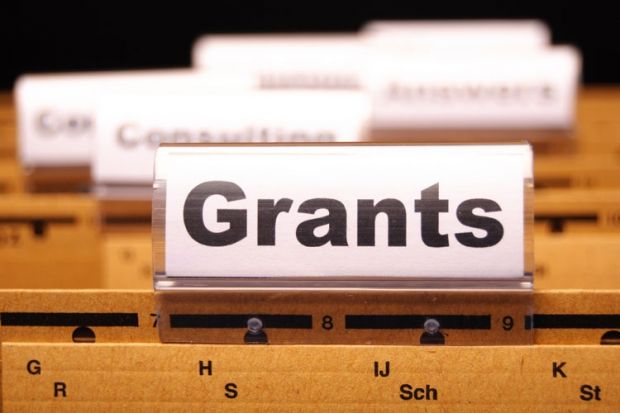Biotechnology and Biological Sciences Research Council
- Award winner: Anestis Tsakiridis
- Institution: University of Sheffield
- Value: £417,409
Screening for regulators of human embryonic axis elongation in vitro
- Award winner: Peter Moody
- Institution: University of Leicester
- Value: £653,804
Defining the structure of ferryl heme
- Award winner: Rosalind John
- Institution: Cardiff University
- Value: £505,203
Ensuring quality maternal care in an adverse environment
Engineering and Physical Sciences Research Council
- Award winner: Nilanjan Chakraborty
- Institution: Newcastle University
- Value: £475,707
Adaptive software for high-fidelity simulations of multi-phase turbulent reacting flow
- Award winner: Mohammad Shikh-Bahaei
- Institution: King’s College London
- Value: £560,634
The internet of silicon retinas (iosire): machine-to-machine communications for neuromorphic vision sensing data
- Award winner: Tomaso Aste
- Institution: University College London
- Value: £616,794
Blockchain technology for algorithmic regulation and compliance (BARAC)
National Institute for Health Research
Health Services and Delivery Research programme
- Award winner: Sarah Finer
- Institution: Queen Mary University of London
- Value: £382,553
Can group clinics offer a better way to meet the complex health and social care needs of young adults with diabetes in an ethnically diverse, socioeconomically deprived population?
- Award winner: Ian Maidment
- Institution: Aston University
- Value: £199,489
Developing a framework for a novel multidisciplinary, multi-agency intervention(s), to improve medication management in older people on complex medication regimens resident in the community
Arts and Humanities Research Council
Research grants
- Award winner: Judith Jesch
- Institution: University of Nottingham
- Value: £145,811
Bringing Vikings back to the East Midlands
- Award winner: Ingrid Sharp
- Institution: University of Leeds
- Value: £154,860
Kiel uprising: women’s activism and the German Revolution, November 1918
In detail
Award winner: John Cooper
Institution: University of York
Value: £161,605
Listening to the Commons: the sounds of debate and the experience of women in Parliament c.1800
This project will investigate whether women had a presence in the UK’s House of Commons before they were granted the right to vote and stand as MPs. It unites political history with creative digital acoustic technology, virtual reality and buildings archaeology to explain the participation of women in debates long before they were formally enfranchised in 1918. The project will form part of “Vote 100”, the Parliament’s centenary celebration of women gaining the vote. Its contribution will be adapting a 3D visual model of the Commons chamber to recover the soundscape of debate as experienced by women listening through a ventilator in the old House of Commons ceiling around 1800. Women were forced to listen from the space after their ejection from the public galleries in 1778. The researchers will explore women’s engagement with Parliament through this hidden space.
Register to continue
Why register?
- Registration is free and only takes a moment
- Once registered, you can read 3 articles a month
- Sign up for our newsletter
Subscribe
Or subscribe for unlimited access to:
- Unlimited access to news, views, insights & reviews
- Digital editions
- Digital access to THE’s university and college rankings analysis
Already registered or a current subscriber?
